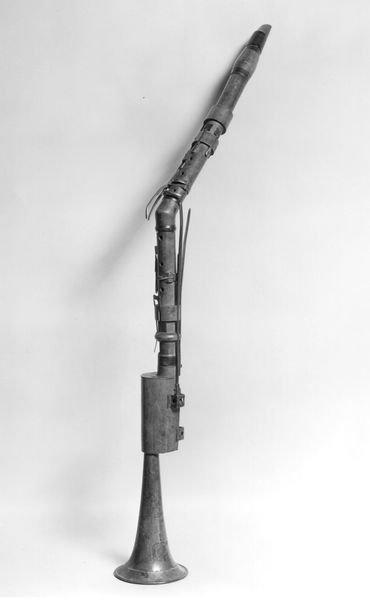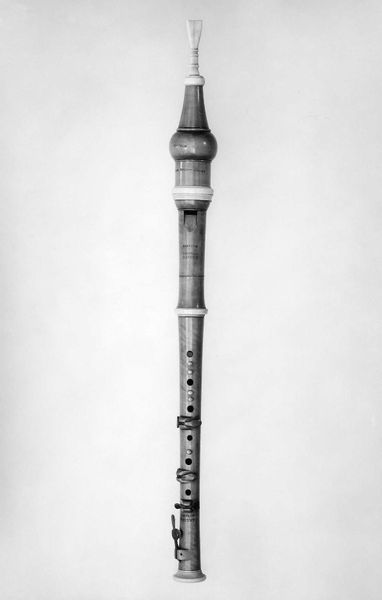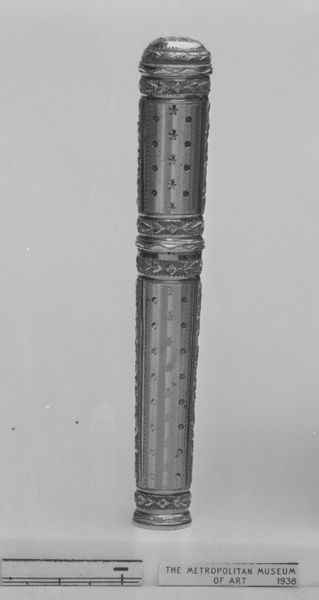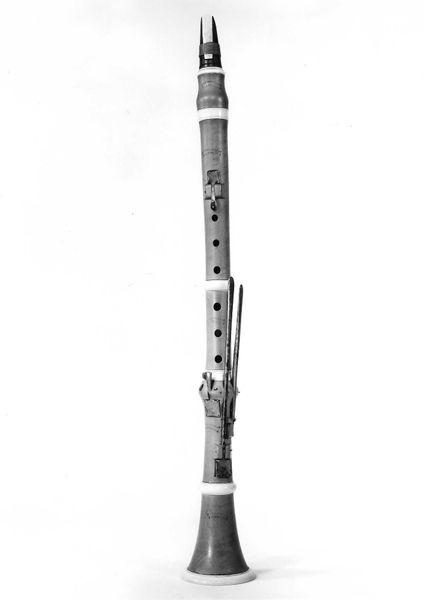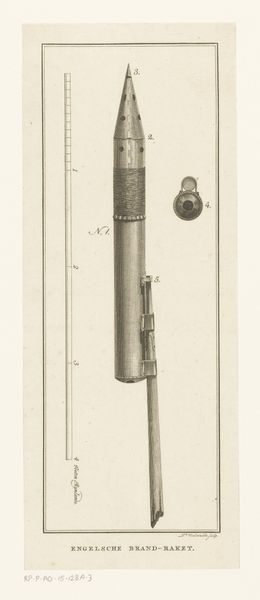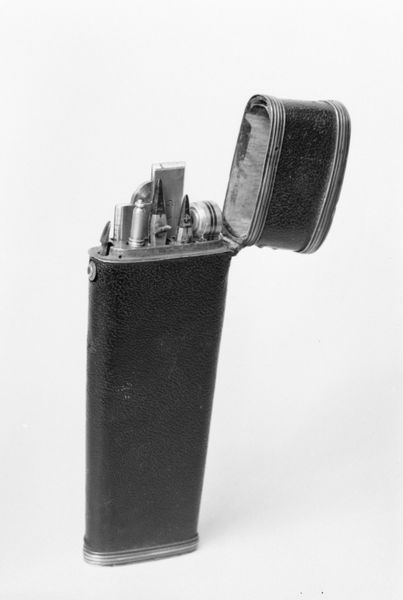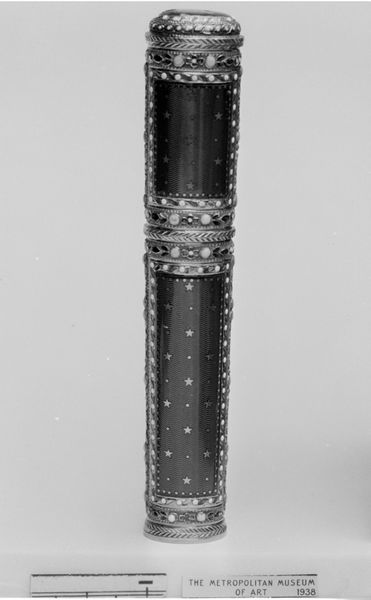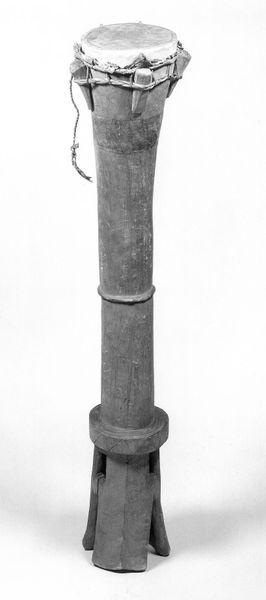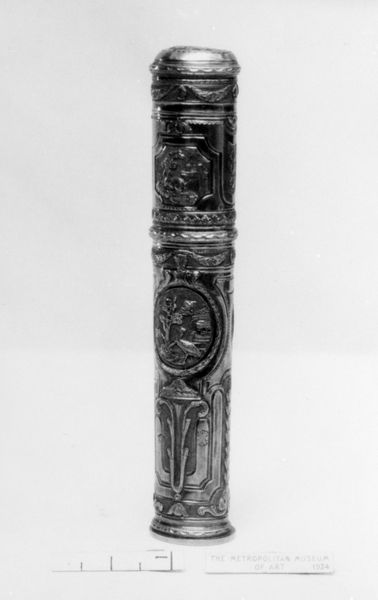
print, photography
# print
#
sculpture
#
photography
#
musical-instrument
Dimensions: L.: 54.1 cm (21-5/16 in.)
Copyright: Public Domain
Curator: Here we have a “Flageolet,” a double flute dating back to the period of 1830 to 1840. Editor: The image projects a surprising complexity and fragility, given the age of the piece; its monochrome treatment gives it a ghostly appearance. I am immediately drawn to the symmetry. It also gives it a clinical, taxonomic feel – something of its cultural impact is obscured behind how its history is rendered. Curator: Interesting point. While photographs of museum pieces always carry that distanced effect, a piece like this—made of turned wood, ivory and brass—carries the echoes of the performer who once breathed life into it. A common symbol in iconography associated with shepherds, pleasure, idyllic rusticity and pastorial scenes... Editor: Which in turn makes me consider class. Who was really enjoying idyllic rusticity? Was it romanticized by the landed gentry who could escape the cities to their countryside estates while workers remained tied to urban factories? The material suggests a piece of intricate construction, therefore only affordable to the very privileged classes, during what may have been used in performances or dances. What music accompanied social change during this period? Curator: Your take highlights a vital socio-political point. As for symbolism, flageolets—because of the nature of their production, specifically for rural music and folk forms of enjoyment—have deep historical roots to that imagery of the Golden Age; you could call that an ideological narrative in which rural lives represented simpler forms of virtue. They represented a kind of utopian idea set against reality. Editor: Right, utopias created for consumption. Can you expand a little more about its significance? Curator: Certainly. The Flageolet takes on a different significance when seen against the backdrop of a quickly industrializing Europe; they also represent the romantic desire to escape or revert back to an earlier period. Music itself, the ability to play or compose, carried that kind of value during the Regency. Editor: Thinking about this, our relationship to even an everyday object that seems somewhat anachronistic reveals our connection to historical realities we might forget. Something we’re still negotiating as contemporary viewers, even today. Curator: Indeed. A little sound from a distant era still making echoes, in the cultural psyche.
Comments
No comments
Be the first to comment and join the conversation on the ultimate creative platform.
